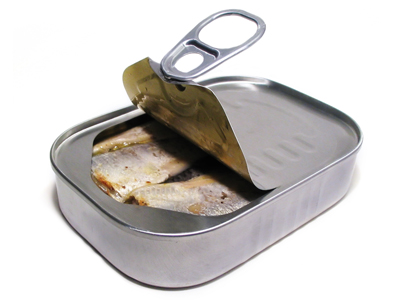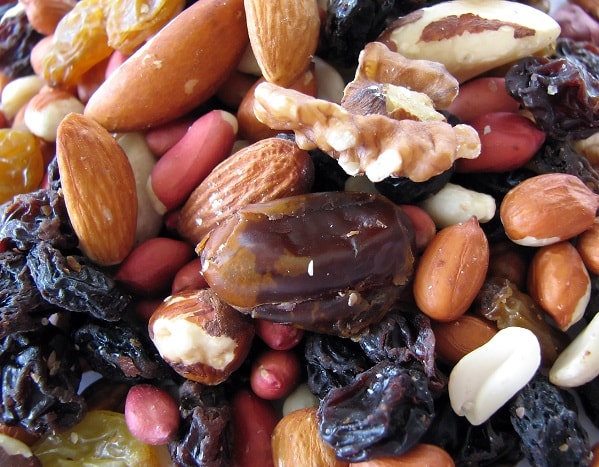
We assure analyses of food contaminants, which must be monitored on the basis of valid legislation and also to check that the food is not harmful to health. We analyse samples using modern equipment, operated by experienced and fully qualified analysts.
Contaminants
Heavy metals
- Mercury
- Lead
- Cadmium
- Arsenic
- Tin
- Copper
- Zinc
Mycotoxins
- Aflatoxins
- Deoxynivalenol
- Ochratoxin A
- Patulin
- Zearalenon
- T2/HT2 toxin
- Fumonisin
Others
- Benzo(a)pyrene
- Melamine
- Acrylamide
- 3-MCPD
Radionuclides
ALS Radiology laboratory has sufficient instrumentation and methods appropriate for the determination of artificial and natural radionuclides in foodstuffs and feed. HRGRS (high-resolution gamma-ray spectrometry) method is used for the determination of I-131, Cs-134, Cs-137, Am-241 and K-40. Radiochemical methods are used for determination of Sr-90 and C-14. All methods are validated and accredited.
ALS laboratory uses high resolution gamma-ray spectrometry for the determination of various gamma-radiation emitting radionuclides. HRGRS is a non-destructive testing method and enables determination of most radionuclides present in the sample relatively quickly.
The releases from nuclear reactor accidents contain a greater amount of the short-lived radioisotopes. In several weeks following a nuclear accident predominant radionuclides are Cs-134 and Cs-137.
We take gamma spectrometric measurements of radionuclide content in foods and potable water to ensure compliance to maximum permissible limits for export. The commodities we test most frequently are milk, dairy products and meat.
The most analyzed parameters:
- Cs-134
- Cs-137
- K-40
- Sr-90
- I-131



